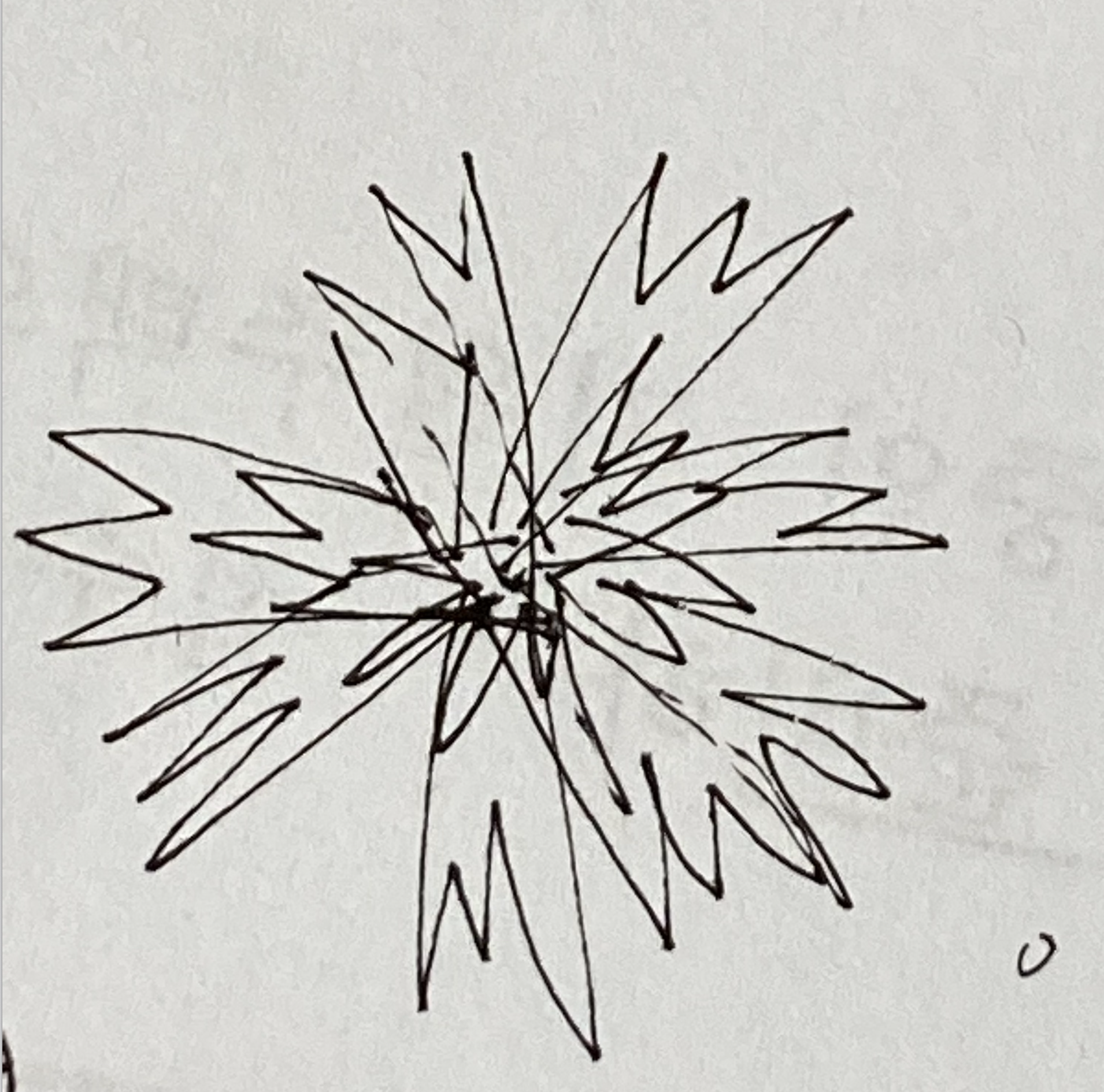xterm
Not to be confused with X terminal display/input terminal hardware.
In computing, xterm is the standard terminal emulator for the X Window System. A user can have many different invocations of xterm running at once on the same display, each of which provides independent input/output for the process running in it (normally the process is a Unix shell).[2][3]
https://en.wikipedia.org/wiki/Xterm
X terminal
n computing, an X terminal is a display/input terminal for X Window System client applications. X terminals enjoyed a period of popularity in the early 1990s when they offered a lower total cost of ownership alternative to a full Unix workstation.
https://en.wikipedia.org/wiki/X_terminal
Computer terminal
A computer terminal is an electronic or electromechanical hardware device that can be used for entering data into, and transcribing[1] data from, a computer or a computing system.[2] The teletype was an example of an early day hardcopy terminal,[3] and predated the use of a computer screen by decades.
https://en.wikipedia.org/wiki/Computer_terminal
Emulator
In computing, an emulator is hardware or software that enables one computer system (called the host) to behave like another computer system (called the guest). An emulator typically enables the host system to run software or use peripheral devices designed for the guest system. Emulation refers to the ability of a computer program in an electronic device to emulate (or imitate) another program or device.
https://en.wikipedia.org/wiki/Emulator
Terminal emulator
A terminal emulator, terminal application, or term,[citation needed] is a computer program that emulates a video terminal within some other display architecture. Though typically synonymous with a shell or text terminal, the term terminal covers all remote terminals, including graphical interfaces. A terminal emulator inside a graphical user interface is often called a terminal window.
https://en.wikipedia.org/wiki/Terminal_emulator
X Window System
The X Window System (X11, or simply X) is a windowing system for bitmap displays, common on Unix-like operating systems.
X provides the basic framework for a GUI environment: drawing and moving windows on the display device and interacting with a mouse and keyboard. X does not mandate the user interface – this is handled by individual programs. As such, the visual styling of X-based environments varies greatly; different programs may present radically different interfaces.
X uses a client–server model: an X server communicates with various client programs. The server accepts requests for graphical output (windows) and sends back user input (from keyboard, mouse, or touchscreen).
https://en.wikipedia.org/wiki/X_Window_System
Wayland
Wayland is intended as a simpler replacement for X, easier to develop and maintain. GNOME and KDE are expected to be ported to it.
Wayland is a protocol for a compositor to talk to its clients as well as a C library implementation of that protocol. The compositor can be a standalone display server running on Linux kernel modesetting and evdev input devices, an X application, or a wayland client itself. The clients can be traditional applications, X servers (rootless or fullscreen) or other display servers.
Part of the Wayland project is also the Weston reference implementation of a Wayland compositor. Weston can run as an X client or under Linux KMS and ships with a few demo clients. The Weston compositor is a minimal and fast compositor and is suitable for many embedded and mobile use cases.
https://wayland.freedesktop.org/
